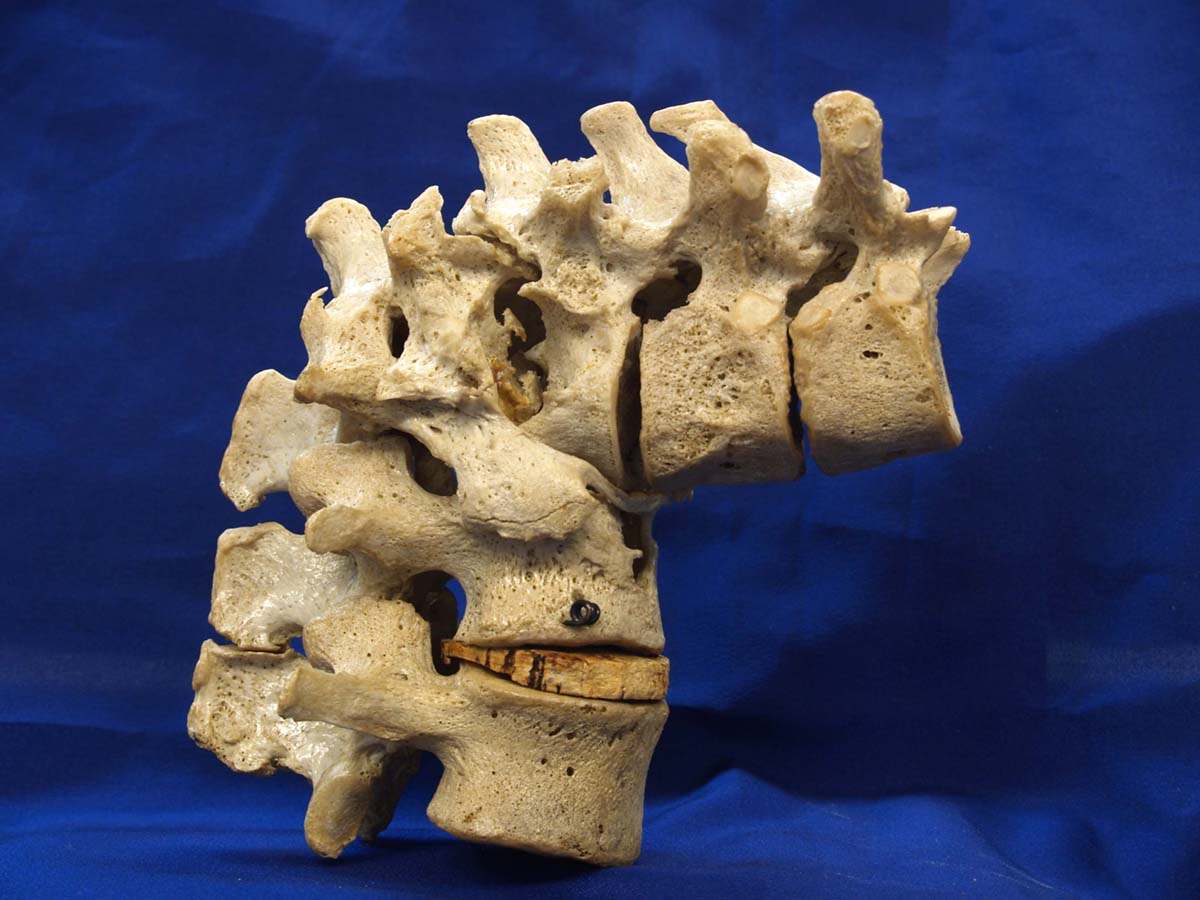
Spine is basically a column of bones called vertebrae that is held together by ligaments (tough fibrous bands). Hence, the other name for spine is vertebral column. By some characteristics in appearance and region in which they are located, we differ 7 cervical (neck) vertebrae, 12 thoracic vertebrae (ribs attach to these), 5 lumbar (lower back) vertebrae (these are the largest), 5 fused, sacral vertebrae and 3 caudal vertebrae that form the tailbone.
Kyphosis
Thoracic vertebrae form what is called a thoracic spine. If thoracic spine of a person becomes rounded (becomes bent forward in a position that somewhat resembles the letter C), then we say that person affected by such condition suffers from kyphosis. There can be several reasons for kyphosis. Type of kyphosis is determined by underlying reason.
Postural kyphosis becomes obvious in adolescence, as its onset is usually slow. It is more common in girls and is caused by inadequate posture or slouching, which cause stretching of spinal ligaments and abnormal formation of the still-developing vertebrae. To compensate, body will typically form an inward curve in the lumbar spine (known as hyperlordosis) and spine will be very much S-shaped.
Scheuermann's kyphosis is more common in boys and appears between the ages of 10 and 15. In this condition, vertebrae are deformed so that they appear more wedge-like than rectangular when viewed from the side (on an X-ray scan). Cause for Scheuermann's disease is unknown, but it seems to be hereditary. Some people have scoliosis (a sideways curve in the spine) along with this type off kyphosis.
Congenital kyphosis is caused by prenatal malformation of the spinal column, such as fusing of several vertebrae or improper formation of vertebrae. This condition can worsen as the child grows and eventually result in paraplegia (paralysis of the lower half of the body).
Disorders
In adults, kyphosis is typically caused by disorders, such as osteoporosis (condition involving loss of bone mass and structure that may cause vertebral fractures or what is practically a cave-in of vertebrae), degenerative spinal arthritis, cancer or benign bore tumors that alter shape or position of vertebrae, ankylosing spondylitis (type of inflammatory arthritis that affects spine), disorders that cause weakness in connective tissue, tuberculosis, spina bifida (birth defect, incompletely formed spine) and conditions that cause paralysis.
Who is at risk
Adolescent girls with poor body posture risk from getting postural kyphosis, while boys aged 10-15 are at risk of developing Scheuermann's kyphosis. Adults with osteoporosis are at risk of spinal fractures that can lead to kyphosis. People with various conditions that effect bones, connective tissues and joints are also at risk.



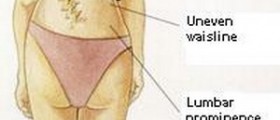


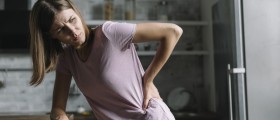
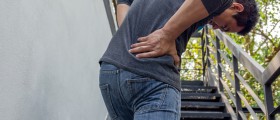
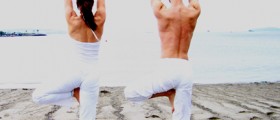
-Test-And-What-Do-The-Results-Mean_f_280x120.jpg)

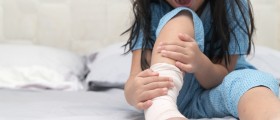


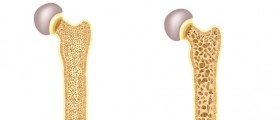
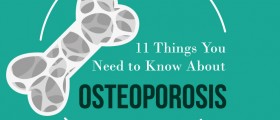
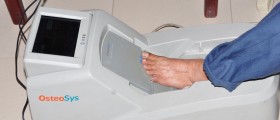
Your thoughts on this
Loading...